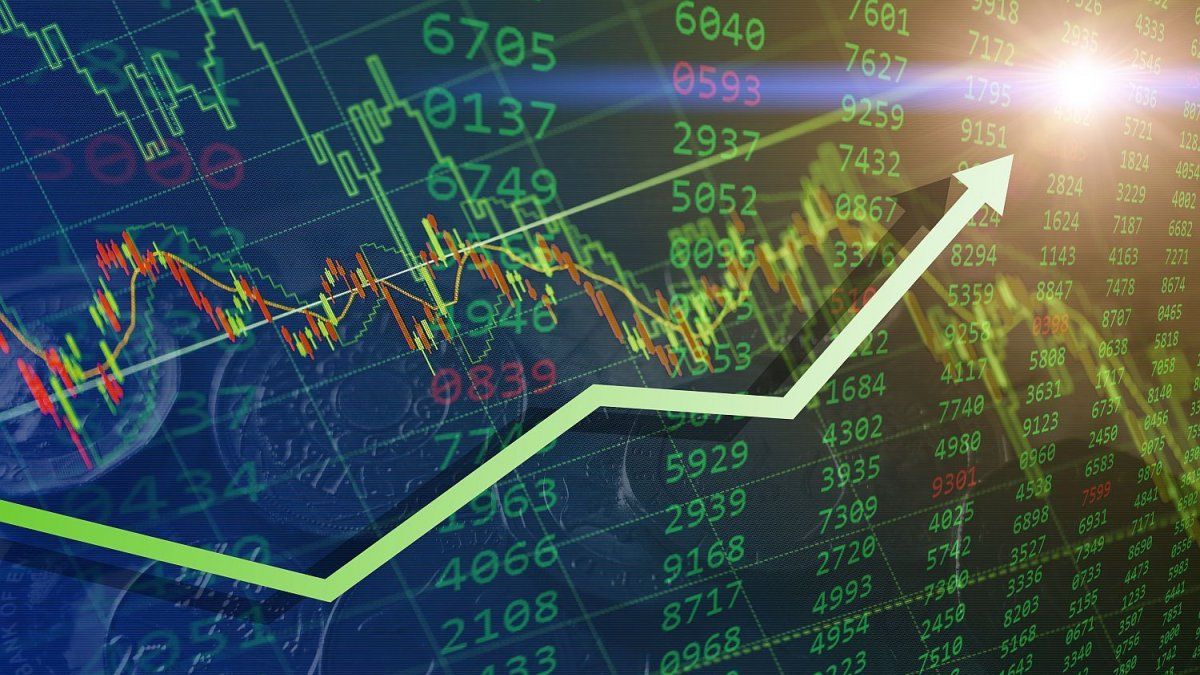At 09:17 GMT, the index dollar It advanced 0.08%, to 102.84 units, but was still on track for its biggest weekly decline since mid-December, with a decline of close to 1% against a basket of six major currencies.
He euro fell 0.18% to $1.0929, after hitting a nearly two-month high of $1.0956, returning to the center of a range it has maintained for a year. In the week it has risen about 0.9% against the greenback.
He and in It gained 0.29% against the dollar, to 147.64 units, after reaching its highest level in more than a month. In the week it accumulates an improvement of 1.6%, its largest percentage increase since December.
The president of the United States Federal Reserve (Fed), Jerome Powell, appeared more confident in cutting interest rates in the coming months. He said the Fed is “not far” from the confidence needed to reduce them. Currencies tend to weaken if central banks cut rates.
The key information of this day is the report on the employment in the United States, which could confirm or confound market expectations about a cut in the inflation in June. Economists expect the world’s leading economy to have created 200,000 jobs, after 353,000 in January.
“A report in line with the 200,000 consensus for nonfarm payrolls growth would certainly keep the Fed in their holding pattern,” said Padhraic Garvey of ING to Reuters. “The data will be decisive in determining the direction of the markets in the future, but it seems that the rates markets have been preparing for a much weaker number,” she added.
As the euro weakens against the dollarthere were indications that the governing council of the European Central Bank (ECB) had begun to debate an appropriate timetable for monetary policy easing. On Thursday, the ECB kept rates at their record level of 4%, while cautiously laying the groundwork for lowering them later in the year, saying it had made good progress in reducing inflation.
Dollar Stock Market Bonds Markets
Photo: Vecteezy
Stock markets hit all-time highs
Global stocks were trading at all-time highs given this context. The world stock index MSCI improved 0.2%, close to the all-time high of 774.66 points reached earlier in the session. The pan-European STOXX 600 It gained 0.15%, to 503.92 units, the highest level in its history.
“We find ourselves facing a dilemma, with very solid macroeconomic conditions, disinflationthe impending monetary turnaround, solid earnings growth and enthusiasm for the artificial intelligence“said Patrick Spencer of R. W. Baird. “On the other hand, there is an unattractive technical evolution, with a feeling of euphoria and sky-high prices in the technology sectorbut I suspect that as rates go down, the breadth of the market will improve,” he said. S&P 500 futures and those of Nasdaq They pointed to an upward opening.
In Asia Expectations have risen that the Bank of Japan will finally abandon negative rates this month. This boosted the yen, which hit its highest level in a month against the dollar, and pushed up domestic bond yields, while the Nikkei gained 0.23%.
Chinese stocks improved 0.4% and the Shanghai Composite Index gained 0.6%. However, both measures closed the week with marginal gains. He Hang Seng Hong Kong rose 0.7%.
Hopes for rate cuts put downward pressure on US government bond yields. The return of the treasury notes The two-year bond, which usually reflects short-term rate expectations, fell to 4.4944%, and the 10-year benchmark paper was trading at 4.0749%.
In Uruguay, the dollar depreciates
He dollar fell 0.52% on Thursday compared to the previous day, closing at 38,761 pesos, according to the official price of the Central Bank of Uruguay (BCU)thus chaining two days of decline and entering the range of 38 pesos.
The US currency has accumulated a monthly decline of 0.73% so far in March, and at an annual level of 0.67% after falling 0.26 pesos since the last exchange day of 2023.
Source: Ambito




